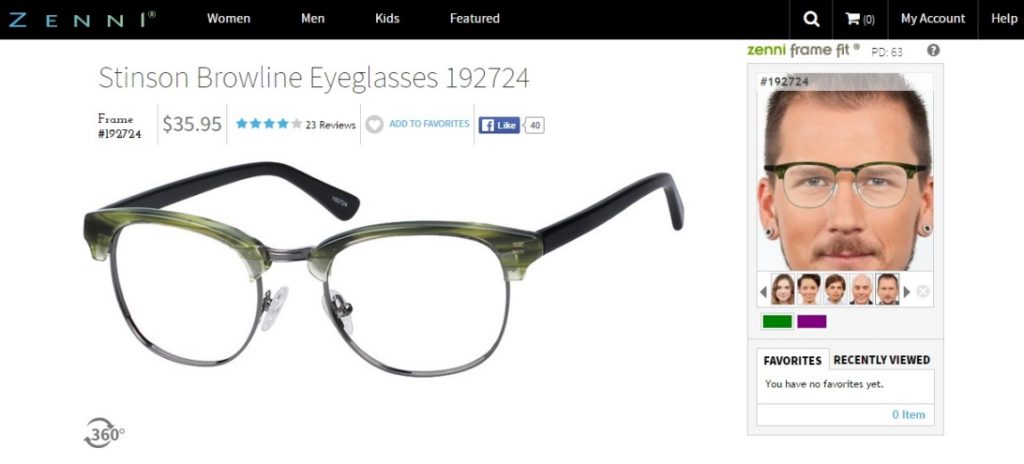Personalize Your UX
We’re all different. A person could be tall or short, could love dogs or adore cats, and could be a traveler or a homebody. Regardless of our looks and personality, we all want the special treatment. The smartphone is one of the most personal devices. From unlocking it with the owner’s fingerprint to activating systems with the owner’s voice, users want to use tools that seem to know them.
So, how do you create a system that is customized for each user? Nowadays, it is one of the challenges of mobile apps. UX designers actually create so-called “personalization” strategies into websites and applications:
- As a component of the marketing strategy
- As part of the interviews map related to the web content, games or applications.

Let’s put UX personalization under the microscope
Everything is simple and complicated at the same time. Simply put, personalization is online individualization. The individualization has to satisfy the unique needs of every visitor, guiding him through the conversion funnel. Personalization is complicated in the sense that it also defines a number of things, such settings on the site or application (for example, knowing in advance about the user’s poor eye-sight, UI will automatically increase the font), or elements such as cookies to track user behavior and request history.
Factors that influence personalization include:
- Search and keywords
- The type of device (desktop versus phone, iOS vs. Android)
- Click-through rate on ads
- Purchase history from a particular retail site
- Geolocation (especially on mobile devices)
- Frequency of visit to the website
- Clickable navigation patterns and history
- User preferences
- Demographic data (age, gender, etc.)
According to the SAS Institute marketing research, 57% of users expect companies to understand their needs and preferences. They expect relevant content and maximal usability of application during the buying process. They desire to receive information, which might help them to choose the goods quickly, not wasting any time to search and research. They expect that their own “smart” device will recommend them the goods they really need.
Personalization Paradox – is it possible to avoid?
While personalization allows the user to feel special, it also allows brands to create a faithful portrait of their customer: understanding his way of thinking, using a winning combination of psychological tricks and requests. However, the paradox exists: users want to get personalized offers, but are not ready to share personal information requested by the applications. It is important to create a balance and not frighten the user by overly targeted advertising (“Oh gosh, are they following me? Stop showing me this. I don’t want to buy your blanket!”). That is why personalization must stay invisible. Invisible personalization should be like good UI: undetectable because it fitsseamless in the system. Data collection for invisible personalization should be inconspicuous, such as asking typical questions in a creative, less explicit way.
Good tips for your UX personalization strategy
Personalization is not just “What ad could I show to the customers and when?” Karl Wirth, CEO of the real-time personalization platform Evergage, summarized the 4 core principles of UX:
- Remember – use cookies to remember what users want and what they like on your website.
- Understand – for example, an application could propose events in the user’s area of interest, and located in the user’s region by using geo-tags and focusing on user’s search queries.
- Help – for example, the mobile application could help the user choose between two items. The user interface could show related items and their prices according to the user’s previous purchases.
- Surprise/Delight – UX designers shouldn’t forget about little psychological tips. A gift is always pleasant to everyone, like a pop-up window informing about free delivery.
Many popular retailers use push-notifications to improve UX. There is little doubt that the Starbucks personalization strategy is one of the best. Their mobile application has a dual purpose: to raise the level of user involvement and to offer personalized notifications via promotions.
Allow users to create unique profiles, for example, websites such as Netflix and Amazon allow users to override suggestions to optimize personalization.

The website for eyeglass retailer Zenni allows users to upload their own photos and “try on” glasses online. Users can compare and save options and the entire experience is quite personal.





